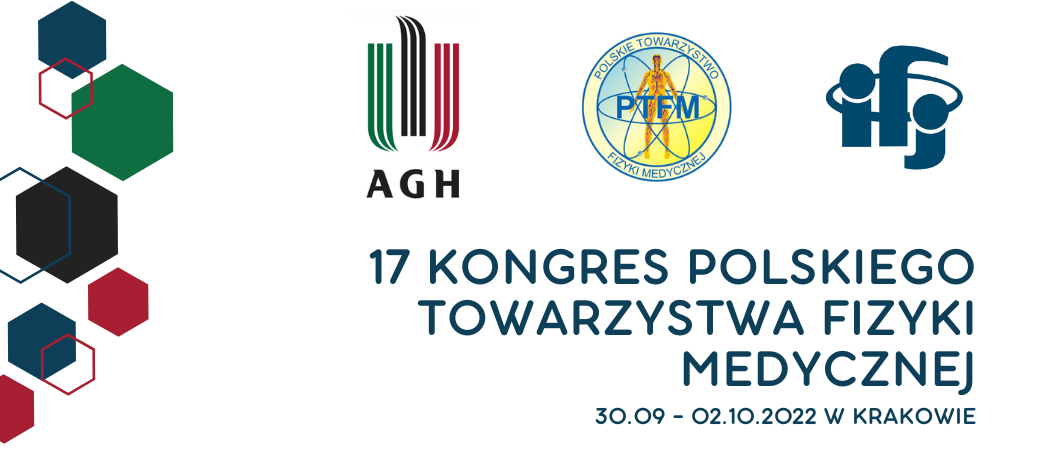Speaker
Description
Thermostimulated (TSL) and optically stimulated (OSL) luminescent dosimetry are a versatile tools for the assessment of ionizing radiation dose.
For control of photon beam dose distributions in radiotherapy, we used the non-conventional TSL detectors with 10100.5mm size prepared from the Czochralski grown crystals of Ce3+ doped garnets with different density ρ and effective atomic number Zeff: “light” Y3Al5O12:Ce (YAG:Ce); ρ=4.5g/cm3; Zeff=35, and “heavy” Lu3Al5O12:Ce (LuAG:Ce);ρ= 6.7g/cm3; Zeff=61 and Gd3Al3Ga3O12 (GAGG:Ce), ρ=6.6 g/cm3; Zeff= 54. The detectors were irradiated with 6MV and 15MV X Rays using linear accelerator Clinac 2300C/D from Varian Medical Systems at Oncology Center in Bydgoszcz.
We have found that YAG:Ce crystals is suitable TSL material for application with 6MV photon beams due to high intensity TSL response at typical therapeutic dose of 2 Gy and good position of main TSL peak at 290K[2]. However, for at the registration of X rays with the high energy (15 MV), much heavy LuAG:Ce and GAGG:Ce TSL detectors can be applied. Furthermore, the creation of multilayered composite TSL detectors based on the YAG:Ce film and LuAG:Ce/or GAGG:Ce crystals were considered using LPE growth method [3].
Another approach in the development of the composite detectors is connected with efficient OSL properties of GAGG:Ce[4] and YAG:Ce crystals [5]. The creation of YAG:Ce/GAGG:Ce composite OSL detectors can be even more prospective than their TSL counterparts. Similarly to composite scintillators [6], the registration of the signal coming from film and crystal parts of composite detector can be realized using differences in their OSL decay kinetic.
| Sesja | Radioterapia |
|---|

